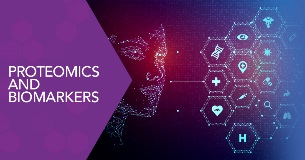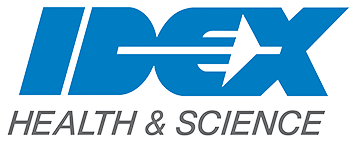

-
Fluidic Component Capabilities: Degassers
Aug 9, 2023 by IDEX Health & ScienceWith inline degassers from IDEX Health & Science, you can eliminate problem-causing bubbles and ensure optimal performance of your instrument.
Full story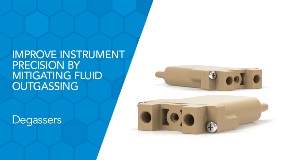
-
Fluidic Component Capabilities: Custom Rotary Shear Valves
Jul 20, 2023 by IDEX Health & ScienceStreamline your complex reagent flow path with a custom rotary shear valve and integrated manifold assembly.
Full story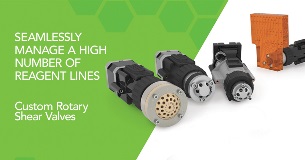
-
Manifolds - The Heart of Fluid Management
Jul 10, 2023 by IDEX Health & ScienceInstrument design often begins as a simple sketch on a whiteboard, with tubing and fittings used for early prototyping. Upgrading your design to a manifold provides an elegant, reliable solution for fluid management.
Full story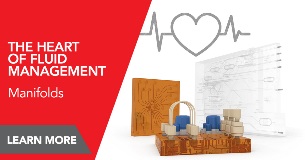
-
Increase Raman System Performance with Verona Filters
Jun 16, 2023 by IDEX Health & ScienceIDEX Health and Science is proud to announce our latest Semrock-brand optical filters are designed from the ground up specifically for Raman instruments. Experience low ripple and deep blocking close to the laser line for Raman applications with our new Semrock-brand optical filters, Verona.
Full story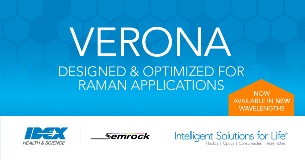
-
How to Configure Fluidics for a Flow Cytometer
Jun 13, 2023 by IDEX Health & ScienceWhat is the optimal configuration for my flow cytometry fluidic design? How critical is a pressure sensor in these designs? Review our FAQs on configuring your fluidics for a flow cytometer.
Full story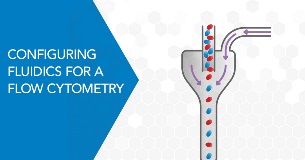
-
Fluidic Component Capabilities: Precision Dispense Pumps
Jun 12, 2023 by IDEX Health & ScienceIDEX Health & Science pumps enable you to achieve higher instrument reliability with less downtime for service. With a wide range of customization options, our pumps help you implement sophisticated fluid actuation sequences and de-risk your development efforts.
Full story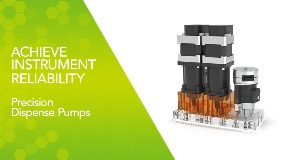
-
Five Common Challenges with Biopharmaceutical Process Analytical Testing
Jun 2, 2023 by IDEX Health & ScienceIDEX Health & Science experts explain how our unique capabilities and expertise can turn your challenges into solutions to help you build your biopharmaceutical analytical testing platforms.
Full story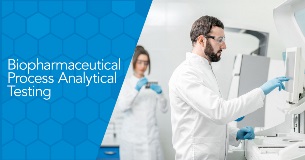
-
Visit us at the American Society for Mass Spectrometry (ASMS) Annual Conference
May 16, 2023 by IDEX Health & ScienceIDEX Health & Science will be attending the ASMS annual conference June 4th - 8th in Houston, Texas. Visit us at booth #824 to learn about our newest capabilities and innovative fluidic products that will simplify your complex workflow challenges.
Full story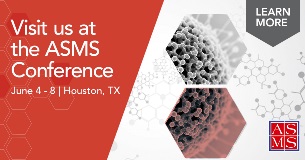
-
Reduce Downtime and Move Fluids Precisely with Pumps from IDEX Health & Science
Apr 14, 2023 by IDEX Health & ScienceWe manufacture high-precision motorized pistons and pumps with a unique combination of materials, designs, and manufacturing processes that provide you with a reliable and precise fluid actuator. Learn more about our precision pumps.
Full story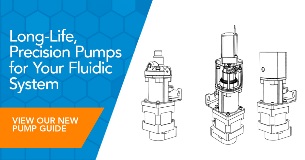
-
Proteomics and Biomarkers are Key to Better Medical Treatments
Feb 27, 2023 by IDEX Health & ScienceProteomics and biomarkers are key to more effective medical treatment plans. Learn how they work together to yield critical insights into diseases.
Full story